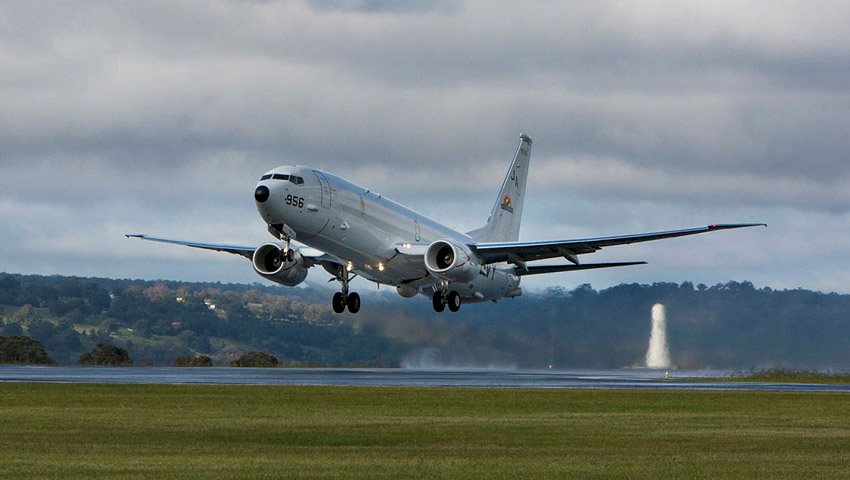NAVAIR LOOKS TO BEEF UP POSEIDON STRIKE CAPABILITY
Long-range strike has emerged as one of the key battlegrounds and capability gaps for both the US and its allies, particularly in the Indo-Pacific as they grapple with the realities of overcoming or in some cases out manoeuvring increasingly complex and deadly integrated air defence systems and anti-access/area denial (A2/AD) systems.
While much of the current US Air Force bomber fleet, made up of the Cold War-era B-52H Stratofortress, B-1B Lancer and B-2 Spirit stealth bombers enjoyed great success during the two decades immediately following the end of the Cold War, being employed to great effect against extremist organisations and low order nation state adversaries, the new strategic challenges have meant the US and its allies need to think outside of the box to provide a distributed, cost effective and survivable long-range strike platform.
In response, the US Navy’s NAVAIR has moved to redouble efforts to provide US decision makers with a cost effective platform capable of supporting the navy and deployed ground forces whether they are Marines or Army units with reliable, survivable and networked precision strike capabilities.
At the forefront of this push is the US Navy’s push to up-arm the Boeing-designed and built P-8A Poseidon platform, originally conceived of as a next-generation anti-submarine warfare, maritime patrol and maritime search and rescue platform to replace the fleet of ageing Lockheed-produced P-3 Orion series aircraft.
Earlier this year, NAVAIR requested a solicitation for information from industry to “determine potential contractors who have the skills, experience, qualifications, and knowledge required to perform aeromechanical and software integration of the Long Range Anti-Ship Missile (LRASM) onto the P-8A aircraft”. While that in and of itself might seem fairly innocuous, it was the following that shed light on the thinking behind expanding the long-range strike capabilities of the Poseidon.
The NAVAIR solicitation also included a request for industry to provide feedback on the integration of a range of additional weapons systems into the Poseidon platform, including, “500-pound (226-kilogram) to 2,000-pound (907-kilogram) class of Joint Direct Attack Munition (JDAM) variants, Mk62/63/65 mines, Small Diameter Bomb (SDB-II), Miniature Air Launched Decoy (MALD), Bomb Rack Unit BRU-55, and Universal Armament Interface (UAI). Engineering tasks for this effort includes, but are not limited to upgrades to the Boeing Tactical Open Mission Systems (TOMS) and Stores Management Computer (SMC) software and interfaces, test planning, execution, data reduction, and reporting on flight test efforts”.
The P-8A Poseidon has advanced sensors and mission systems, including a state-of-the-art multi-role radar, high definition cameras, and an acoustic system with four times the processing capacity of the AP-3C Orions. The P-8A is built specifically as a military aircraft. It is based on the proven commercial designs of Boeing’s 737-800 fuselage, but has been substantially modified to include:
- A weapons bay;
- Under wing and under fuselage hard points for weapons; and
- Increased strengthening for low level (down to 200 feet) operations and high angle turns.
The P-8A aircraft has an extensive communications system including radios and data links across VHF, UHF, HF and SATCOM.
An internal fuel capacity of almost 34 tonnes allows the P-8A to conduct low level anti-submarine warfare missions at a distance of greater than 2,000 kilometres from base. The P-8A has recently completed certification making it compatible for air-to-air refuelling with the KC-30A MRTT.
Written by Stephen Kuper




Ingen kommentarer:
Legg inn en kommentar
Merk: Bare medlemmer av denne bloggen kan legge inn en kommentar.